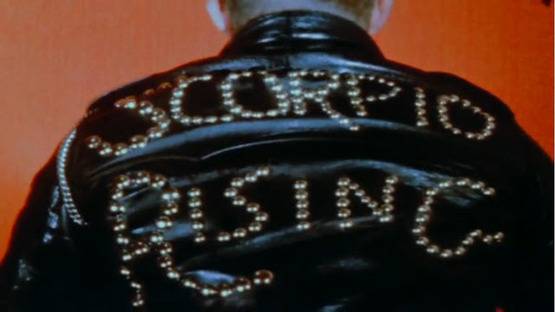Experimental Filmmaking in San Francisco
Unlike the standard of narrative films that have a beginning, middle, and end, experimental films defy these conventions by toying with the narrative linear structure where a concrete logical timeline in a narrative does not exist.
With a narrative film there are scenes that follow a specific timeframe (flashbacks being an exception) but in this timeframe, everything ties into a logical ending with image, dialogue, and music supporting the narrative.
With experimental films, a specific timeframe does not exist. These films can go in any direction at any time by utilizing unconventional elements such as found footage, dialogue that is not synched or incongruous to the image, standard soundtracks being replaced by noise or other sounds that create a jarring effect with an image, and an absence of a structured timeline just to name a few.
San Francisco artists, inspired by European and New York experimental filmmakers such as René Clair, Jean Cocteau, Maya Deren, Jonas Mekas along with George and Mike Kuchar (who later migrated to San Francisco in 1971), began making their own films. One of first known experimental film shot in San Francisco was in 1946 when James Broughton and Sidney Peterson made the controversial film The Potted Psalm.
Other filmmakers followed with names such as Lawrence Jordan, Bruce Baillie, Chick Strand, Bruce Conner, and Kenneth Anger in the 1950’s. This practice continues in the present day with filmmakers such as Craig Baldwin, Greta Snider, and Jay Rosenblatt.
These filmmakers, along with many others, were key components to the San Francisco Art Scene by bringing a new filmic language and adding to the linguistics of traditional cinematic structure.

